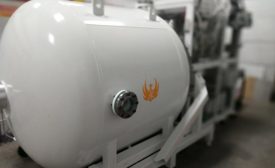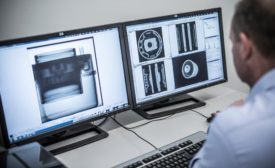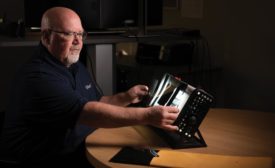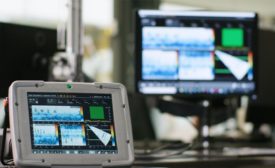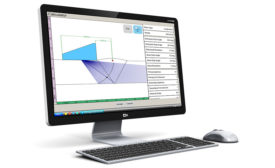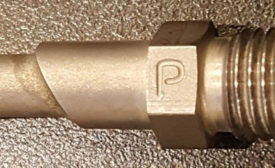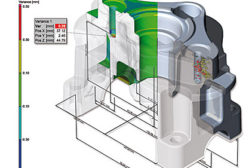Home » radiography
Articles Tagged with ''radiography''
Modern technology is closing the technology and accessibility gap between N-ray and X-ray imaging.
Read More
NDT Trends
Remote Evaluation of Radiographic Images
Let’s examine the application of remote radiographic evaluation and the subsequent commercial benefits for business.
August 5, 2020
Radiographic Image Interpretation: Doing it Right
The process of radiographic interpretation consists of many variables with the major objective being achieving the highest possible quality level.
June 11, 2020
Easing the Inspection Task
Recent developments in various NDE modalities are making inspection more accurate and faster while providing data that is easier to interpret.
June 10, 2020
Using Phased Array UT for Austenitic Weld Inspections
How the latest phased array ultrasonic testing tools and techniques allow more productive NDT.
June 1, 2018
Radiography Trends Lead to High Speed CT
Today’s digital radiography is far beyond what early radiographers could have imagined.
April 2, 2018
Industrial X-ray CT: Quality Control from the Lab to the Production Floor
Recent speed and accuracy developments have allowed the migration of CT technology.
June 9, 2015
Stay in the know with Quality’s comprehensive coverage of
the manufacturing and metrology industries.
eNewsletter | Website | eMagazine
JOIN TODAY!Copyright ©2024. All Rights Reserved BNP Media.
Design, CMS, Hosting & Web Development :: ePublishing
